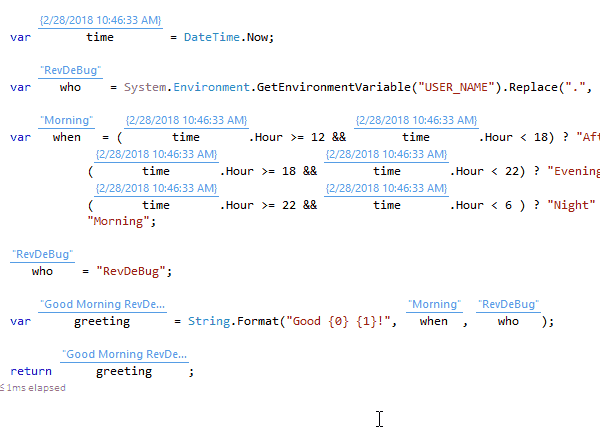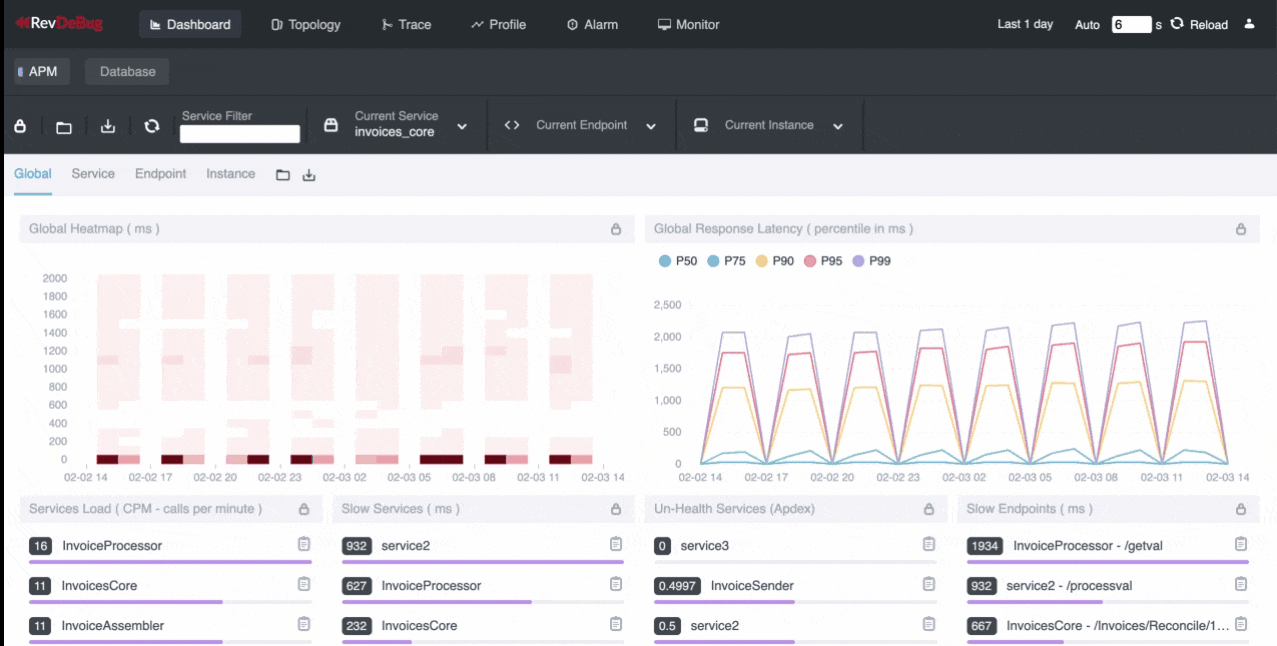
Troubleshooting Vs. Debugging: The Difference and Best Practices
The terms “troubleshooting” and “debugging” are often used interchangeably. While they both have similar goals, their processes are different—but that doesn’t stop software companies like Microsoft from mixing and matching all the jargon.
As you can see, this creates a lot of confusion, especially if within one company we have many roles: developers, DevOps, SRE, and their responsibilities can overlap and can not be clearly defined.
In this article, we’re going to talk about the difference between troubleshooting and debugging, as well as their best practices. Read on to learn more.
Troubleshooting Vs. Debugging
Both troubleshooting and debugging are concepts that developers are required to learn and understand thoroughly. Since they have some very common traits — yet different processes — they can be confusing.
Developers arguably spend more time debugging than they do troubleshooting. However, as they move forward in their careers and take on more responsible operational duties, they’ll eventually be more focused on troubleshooting.
So, let’s discuss the differences:
What Is Troubleshooting?
Troubleshooting is defined as the process that allows programmers to identify issues occurring within a given system. It notably exists at a higher level than debugging as it applies to many more elements within said system.
Essentially, it’s the process of extracting the problem-causing items from a set of potential reasons. This process requires often to go beyond technical information and to communicate with end-users of the systems to figure out which steps they need to take to track down which part of the code, infrastructure, or configuration is causing the problems.
Troubleshooting can be applied to virtually any system and can be compared to the aim of the root cause analysis. For example, if your car’s engine doesn’t start, you or a qualified mechanic would begin by trying to identify which component failed and what caused it to fail. It could be something as simple as needing new spark plugs or something more severe, such as a completely blown head gasket, but you’d have to run some diagnostics tests and look for clues to figure out the source of the engine failure.
What Is Debugging?
Debugging can be defined as a subset for troubleshooting. Debugging requires the developer to find and fix the issues that are related to computer software.
While debugging may seem simpler — find what caused the problem within your application and then fix it—there could be several points of failure, and it’s not always obvious where the issues are occurring.
For example, you may be led to a specific JavaScript code related to browser failure, however, the issue has to do with an API response. The entire process becomes even more complicated when you’re dealing with complex apps, complicated microservice architecture, or a cloud-native environment.
Stating the Difference Plainly
While debugging is known as a subset of troubleshooting, troubleshooting doesn’t always entail problem-solving. Troubleshooting is more procedural as the entire process typically revolves around specific workflow protocols that can keep the issue from being fixed as soon as it’s found.
Debugging, by definition, is meant to find and fix the problem all in one shot but the reality could be different.
As we add new roles like SRE (site reliability engineers) or DevOps to previously functioning developer/programmer and administrator the roles are beginning to change along with the industry, which could eventually bridge the gap between troubleshooting and debugging. For example when SREs become more involved with company operations activities. This means that they share a subset of duties with other team members and could assist developers and DevOps in the process of seeking out the issue so they can be fixed immediately.
Best Practices for Troubleshooting and Debugging
Since debugging and troubleshooting both aims, in the end, to find and fix the issue but they could be done on a different level, let’s talk about the general best practices for the situation:
Find the Changes
When something within a software’s ecosystem changes, failure occurs. Checking for changes is necessary for both troubleshooting and debugging, which makes it the first step in the discovery process.
The best way to go about the discovery process is by quickly limiting the scope you are investigating and focus on finding the root cause. . You need to figure out whether the problems are connected with a code change, broken configuration, lower performance caused by infrastructure, or user-specific situation.
Depend on Tools But Not in Isolation
Monitoring tools should help you identify where the problems are occurring, as they exist to support debugging and troubleshooting.
However, these tools are often limited in their capabilities when you didn’t collect all relevant data before the issue, which means they can also mislead or delay you in your discovery process.
While tools are helpful, you shouldn’t also have in mind that problems could be caused by factors outside your systems or mechanism language-specific that can’t be easily connected with your problems.
Don’t Use Print Statements
As you progress in your carrier you will learn that the most problematic errors are those which:
- Don’t have a clear path to reproduce
- Aren’t logged well enough
- Aren’t covered in tests
It’s tempting to add logs everywhere and it’s very helpful to use print statements but you need to be honest with yourself. You won’t be able to predict what to log before the error happens and even if add them to your code you can’t be sure that you will be able to reproduce errors to gather necessary data.
This is where a tool like RevDeBug comes in handy because it’s constantly monitoring your code and if something bad happens it creates a recording of the code execution and all variables, so you can debug any situation, even those that happen.

Luckily, if you’re unfamiliar with the monitoring tool like RevDeBug you’re presented with, you can use print statements.
Print statements come in hand as a brute force method you could use in all programming languages. They allow developers to display and view the values of the intended output stream so they are very useful but to streamline debugging and troubleshooting you need more powerful tools.
Track the Bugs
Bug tracking or error monitoring is essential to your troubleshooting or debugging process. You need to know if it’s a new problem, or it’s something that you resolved previously and it resurfaces after the latest release. This is why bug tracking is the best way to capture and track the problems and provide one source of the truth to your team.
If you don’t already use an error monitoring solution, it’s time to add RevDeBug to your process.

Help Others Debug
It’s important to be confident that your code isn’t causing bugs in the software, but you shouldn’t stop there. Part of the troubleshooting and debugging process involves teamwork, which is why you’re not finished until the entire team is finished.
Plus, helping other team members with debugging is a good way to learn a few tips and tricks from their processes.
It’s important to remember that despite having different processes, troubleshooting and debugging tend to overlap. The end goal remains the same, however, and the industry evolves, IT teams must adapt.